GR Gallery Celebrates Final Show in Their Bowery Space with “Arcadia” + News of New Space in Tribeca
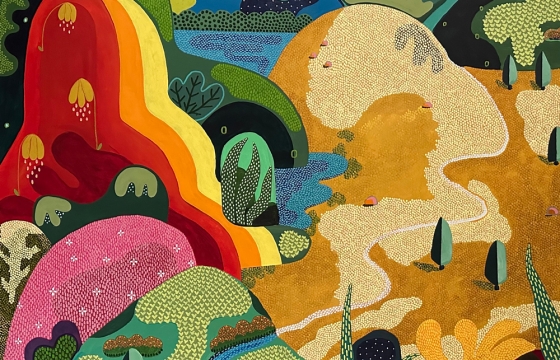

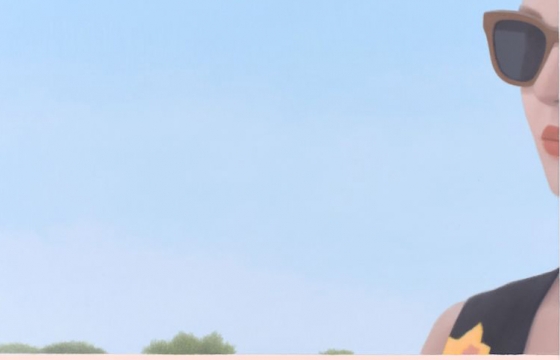
Collecting art can be a rewarding pursuit, both personally enriching and financially promising. The art world will continue to expand digitally and physically, providing beginners ample opportunities to dive in. Whether you’re driven by passion, investment potential, or both, here’s your guide on how to start collecting art effectively in 2025. Define Your Artistic Preferences…
The post How to Start Collecting Art in 2025 appeared first on Hue & Eye.

A show demonstrates how the motor vehicle drove aesthetics, fashion, and feminism in interwar France.

In The Buried City, the director of the archaeological park brings a more humane and soulful version of the site to life.

Marilou Schultz, a math teacher and fourth-generation weaver, pushes the boundaries of the art form by combining technological aesthetics and Diné techniques.

Amid the cancellation of millions in government grants by the Trump administration, a wave of new relief programs and fundraisers leaves room for hope.

Evanston teacher Andrew Ginsberg, who is Jewish, was asked to take down a print referencing Rabbi Abraham Joshua Heschel’s 1971 anti-war essay.
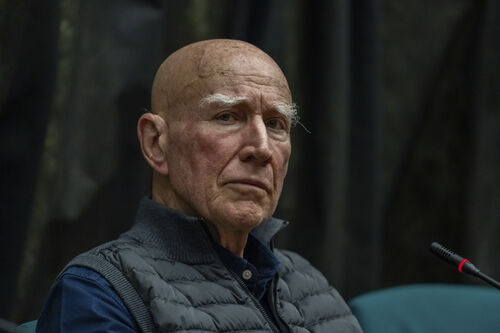
Sebastião Salgado, the Brazilian documentary photographer whose sweeping black-and-white images documented labourers, migrants, and remote rural communities in some of the world’s harshest climates, has died at the age of 81. His death was confirmed on May 23rd by Instituto Terra, the environmental foundation he co-founded with his wife, Lélia Wanick Salgado.
Salgado was known for engaging deeply with the communities he worked with, a relationship that sometimes lasted for decades. This engagement resulted in totally unique and breathtakingly epic images . His photo series included “Workers” (1993), “Exodus” (2000), “Genesis” (2013) and “Amazônia” (2021). He portrayed gold miners at Serra Pelada—the massive open-pit mine in northern Brazil—as well as families crossing the Sudanese Sahara and Indigenous communities in the remote Amazon. His style blended the traditions of social documentary and humanist photography, evoking Dorothea Lange and Robert Doisneau, with a pictorialist sensibility rooted in the work of Ansel Adams.
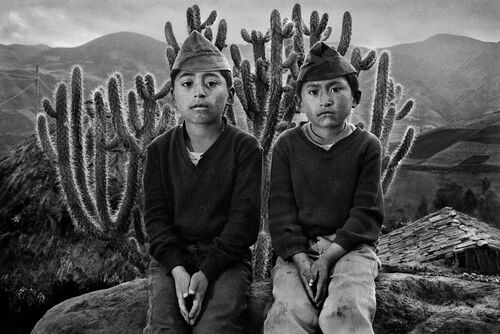
Ecuador, 1982 , 1982
Sebastião Salgado
Polka Galerie
Born in 1944 in Aimorés, Brazil, Salgado first trained as an economist before discovering photography in the early 1970s during a trip to Africa. He later worked with agencies including Sygma, Gamma, and Magnum before founding Amazonas Images with his wife in 1994.
His early photography assignments saw him posted to cover the plight of communities in sub-Saharan Africa. This formative engagement with environmental refugees surviving extreme droughts was highly influential for Salgado, and would define the work for which he became globally renowned. As a young photographer without extensive formal training, Salgado quickly developed a reputation for his distinct visual style and his ability to apply theories of formal composition in harsh, often chaotic, and dangerous environments.
Though some critics accused him of romanticising hardship, Salgado argued that his photographs affirmed the dignity of life under extreme conditions. Contemporary photographers such as Edward Burtynsky and Gideon Mendel cite him as a major influence.
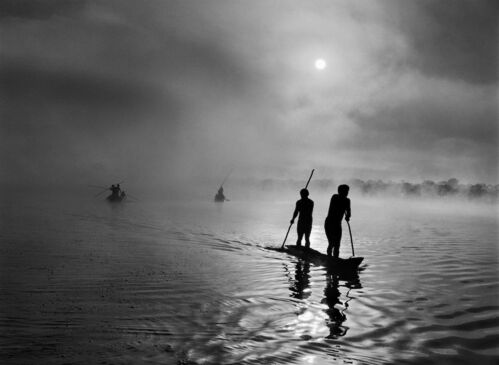
Xingu, Mato Grosso, Brazil , 2005
Sebastião Salgado
Galerie Bene Taschen
In 1998, Salgado and his wife, who is an author and environmental activist, launched Instituto Terra, a project to restore Brazil’s Atlantic Forest. The initiative has since reforested thousands of acres and shaped Salgado’s later turn toward environmental themes.
Salgado received a slew of industry honors throughout his career, including the Hasselblad Award and the Prince of Asturias Prize for the Arts. His life and work were profiled in the Oscar-nominated documentary The Salt of the Earth (2014), directed by Wim Wenders and the artist’s son, Juliano Ribeiro Salgado. The film showed the intense physical hardship that Salgado endured in order to capture his images. In the film’s voiceover, Wenders described Salgado as “a man writing and rewriting the world with lights and shadows.”
He is survived by Lélia, their two sons, and several grandchildren.